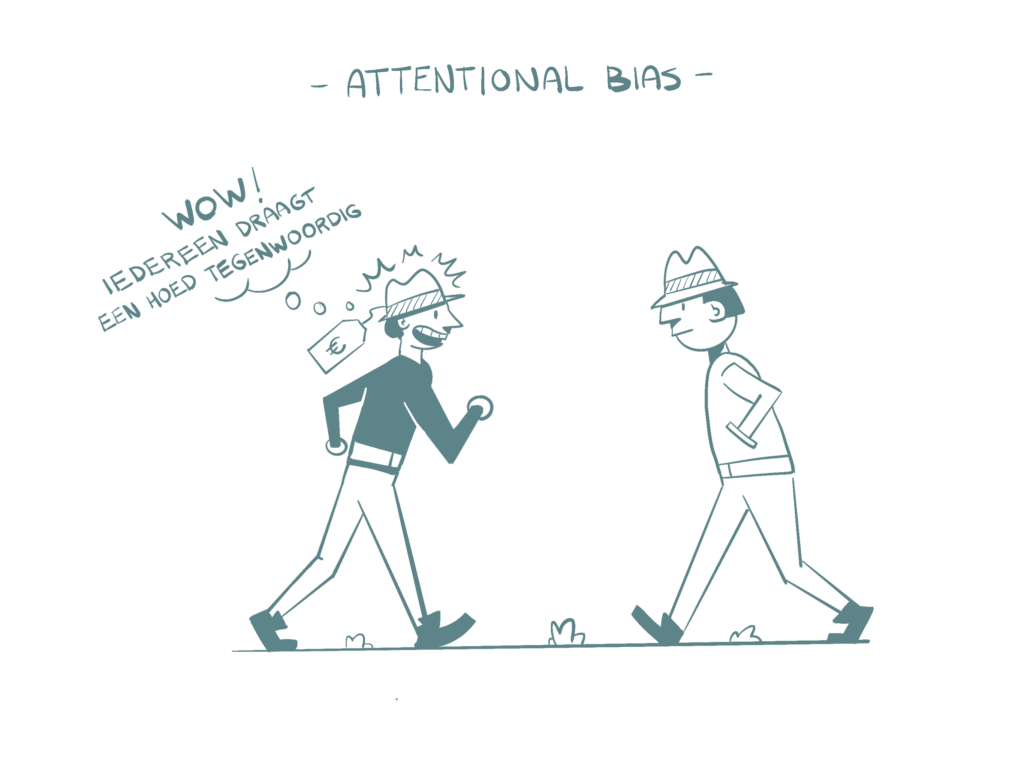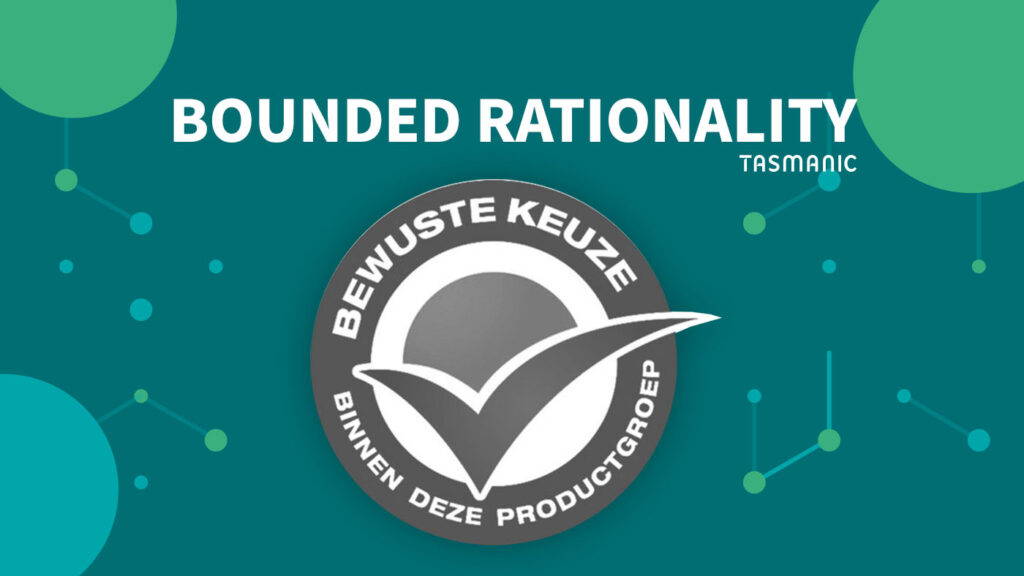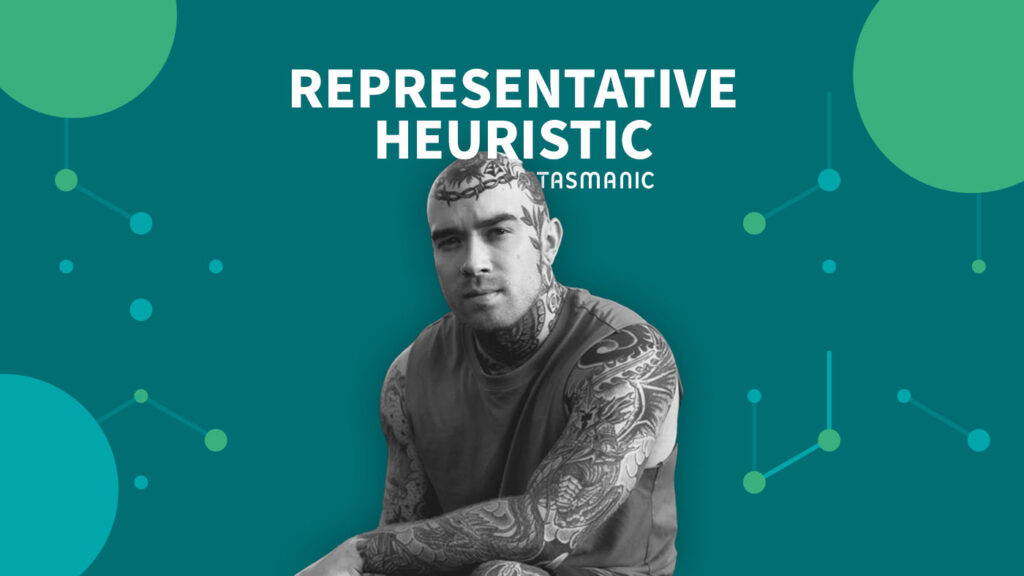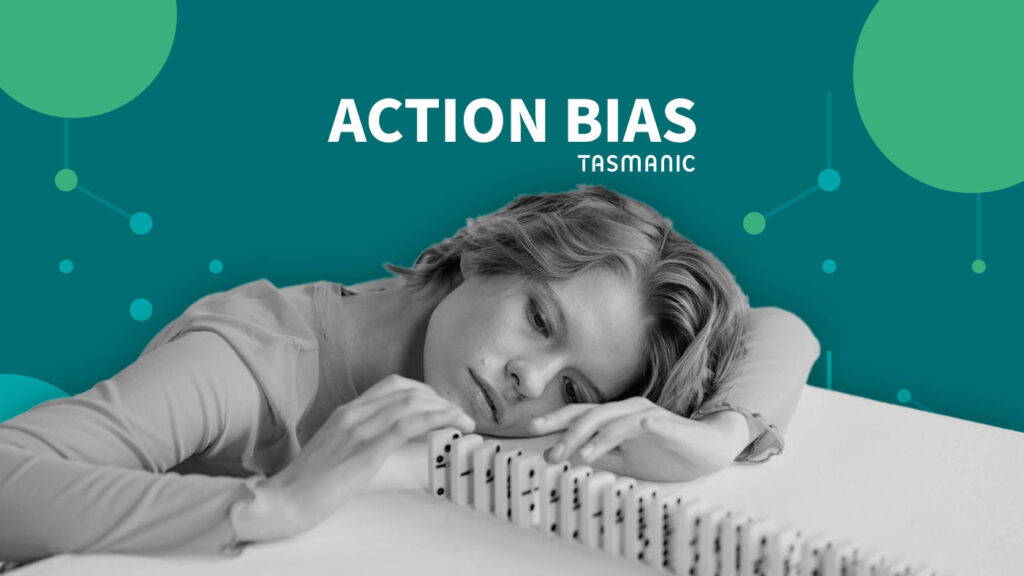
Last updated October 11, 2024
Introduction
Imagine this: you are looking for a new supplier for your company. You've found two potential candidates. The first supplier has an impressive website full of rave customer reviews. The second supplier is new to the market and has very little online feedback. Despite the fact that the second supplier may be better in price and quality, you'll probably still go with the first option. Why? This is a classic example of attentional bias, a psychological bias that can greatly influence our decision-making. In this article, we explore how attentional bias works, how it can affect your business decisions and, more importantly, how you can recognize this bias and use it to your advantage.
What is attentional bias?
Attentional bias describes our tendency to focus on more emotionally dominant stimuli, while ignoring other relevant data in the process. This often happens automatically and unconsciously (Bar-Haim, Lamy, Pergamin, Bakermans-Kranenburg & van IJzendoorn, 2007).
There are all kinds of factors that can affect our focus, both external (e.g., danger) and internal (e.g., hunger). The factors that affect us emotionally get more attention. Because we can only keep our attention there for a certain amount of time, more focus may go to one at the expense of another. We also can only give our attention to a limited number of things at a time. We may make these things more important than they are, which can create tunnel vision. By thinking about them a lot, they start to become more important in our minds.
How does attentional bias arise?
Evolutionarily, attentional bias can be well explained. Namely, it provides evolutionary advantages when your focus is limited. Focusing on finding food and avoiding danger (such as wild animals) increased our chances of survival in prehistoric times (Tapper, Pothos & Lawrence, 2010).
This is thankfully no longer applicable, as we can just buy our food at the store and we don't have to protect our village ourselves, but the attentional bias is still in our genes.

Examples in practice
- Stop collecting reviews. Due to a negative review (or the possibility of one coming) do not start collecting reviews. Collecting reviews is generally a good idea and experience shows that they are generally positive. If that is not the case with you then you probably need to do something about your service. Also read: Ostrich effect.
- Personal commitment to new service. Because the entrepreneur himself had the idea for this new service, he no longer looks at the data that indicate that the project should be stopped but lets his attention and emotion tell him that it should succeed. Also read: Commitment bias.
- Emotionally reacting to competition. Entrepreneurs can sometimes react emotionally to the actions of competitors, especially if those actions seem like a threat. For example, if a competitor starts advertising on your brand name in Google Ads. In our experience, the impact of this is very small and usually easy to resolve but some entrepreneurs are capable of unnecessarily expensive measures and spend a lot of time and energy on it.
Using the attentional bias to your advantage
As an entrepreneur, the attentional bias can not only play tricks on you, but also benefit you. Make smart use of it:
- Visual elements in marketing communications: By understanding that people pay more attention to eye-catching and visually appealing elements, business owners can optimize their marketing materials. Use bright colors, eye-catching graphics and clear call-to-actions (CTAs) on your website, ads and social media to grab the attention of potential customers. This can help make important information and offers stand out immediately, increasing the likelihood that customers will take action.
- External validation: People often pay more attention to products and services that have been externally validated through awards, certifications and media mentions. Actively promote the awards and recognitions your company has received. For example, if your product has been awarded or recommended by an influential person or platform, make sure this is clearly visible on your website and in your advertisements. This helps to reinforce the perception of credibility and quality, making potential customers more likely to choose your product or service.
- Limits the number of options: The attentional bias can also actually cause consumers not to consider all the options available because they are already focused on something (Baron, 2008). By appealing to their emotions, you can draw attention to your brand or product. Address an emotion with your expressions!
- Pay attention to the placement of important elements on your website: Place your CTA close to an emotionally dominant part of your website, such as an image, and the less important parts, such as your privacy statement, further away from it.
Resources
Bar-Haim, Y., Lamy, D., Pergamin, L., Bakermans-Kranenburg, M. J., van IJzendoorn, M. H. (2007). "Threat-related attentional bias in anxious and nonanxious individuals: A meta-analytic study". Psychological Bulletin. 133 (1): 1-24.
Baron, J. (2008). "Thinking and Deciding" Cambridge University Press. p. 187.
Tapper, K., Pothos, E. M. & Lawrence, A. D. (2010). "Feast your eyes: hunger and trait reward drive predict attentional bias for food cues." Emotion, 10(6), pp. 949-954.
Is your company missing opportunities?
Request our no-obligation performance scan

















 Team
Team FAQ
FAQ Vacancies
Vacancies Contac
Contac AWR
AWR Ahrefs
Ahrefs Channable
Channable ContentKing
ContentKing Leadinfo
Leadinfo Optmyzr
Optmyzr Qooqie
Qooqie Hubspo
Hubspo Semrush
Semrush




